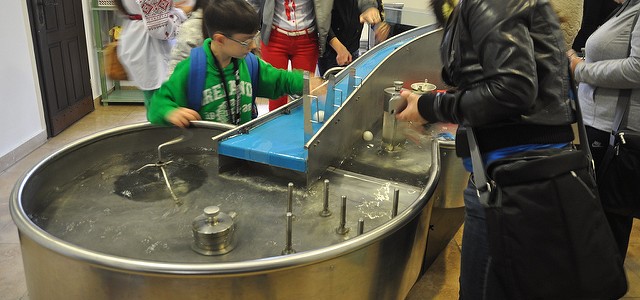Characteristics
The concept of virtual water is a means to indicate how much water is used in the production of goods. Virtual water is a system to compare the impacts of water use across different sectors and to compare the amount of water used for a product with the value added by it. It is a Tool largely used in academia, but it could also be a concept for consideration by water management practitioners when planning agricultural policies or international trade. However other factors will necessarily be more important to management in each situation (climate, economic situation, cropland, etc.) and therefore virtual water should always be part of a set of considerations.
Virtual water was first developed as a way of understanding how water-scarce countries could achieve water security by importing water-intensive products instead of producing water-demanding products domestically. Reversibly, water-rich countries could profit from their abundance of water resources by producing water-intensive products for export. This way, virtual water trade between nations can be an instrument to increase global water use efficiency. From an economic point of view, it makes sense to produce the water-intensive products demanded in this world in those places where water is most abundantly available. This further relieves the pressure on a nation’s own water resources and environment especially in countries in water scarce regions.
However, a further analysis of the concept may be required especially on issues such as the geo-political importance of virtual water, the opportunities and threats involved and the associated political processes underlying decision-making on the application of the concept. So far, the concept is still in its experimental phase and mainly promoted by NGOs. Additionally, data indicates that virtual water trade (in economic goods) is more dependent on arable land than water resources. Countries that have adequate water resources but little cropland import large amounts of virtual water, and countries with abundant arable land will have high virtual water exports, even if water resources are strained.
Virtual water differs from the water footprint of products and countries (see C8.03) in that it is limited to the amount of water used in the production and doesn't take into account the type of water used (evaporation of rainwater, surface water or ground water, or pollution of water). Also, water footprint is mainly used to refer to entities, such as people, companies, or countries.
Lessons learned
- Virtual water helps to understand the relation between water scarcity and food security and to improve the understanding of the role of food trade in compensating for water deficits.
- Including virtual water as a policy option requires thorough understanding of the impact and interactions on the natural, socio-economic, environmental, and political implications of using virtual water trade as a strategic instrument in water policy and academia.
- In order to develop solutions to water scarcity and food insecurity based on data on virtual water, these findings need to be tied to local, regional, and river basin issues. Basing an economic trade plan or an agricultural policy on virtual water alone, without considering environmental and social feasibility, will likely lead to much greater harm than good.
- Virtual water content is valuable for comparing goods, and may be taken into consideration in policy, but likely cannot be a practical tool to base economic trade or agricultural decisions on.

